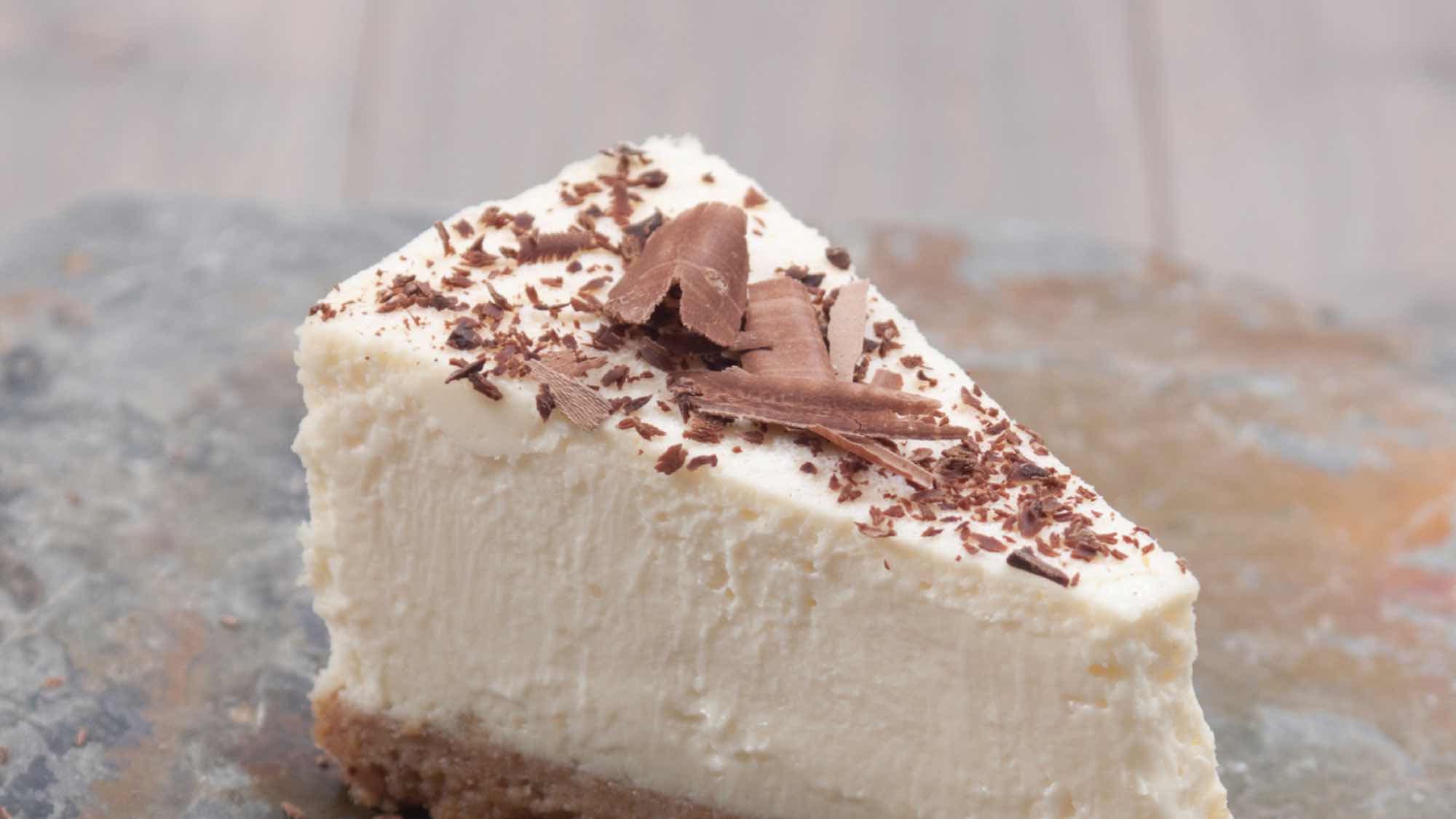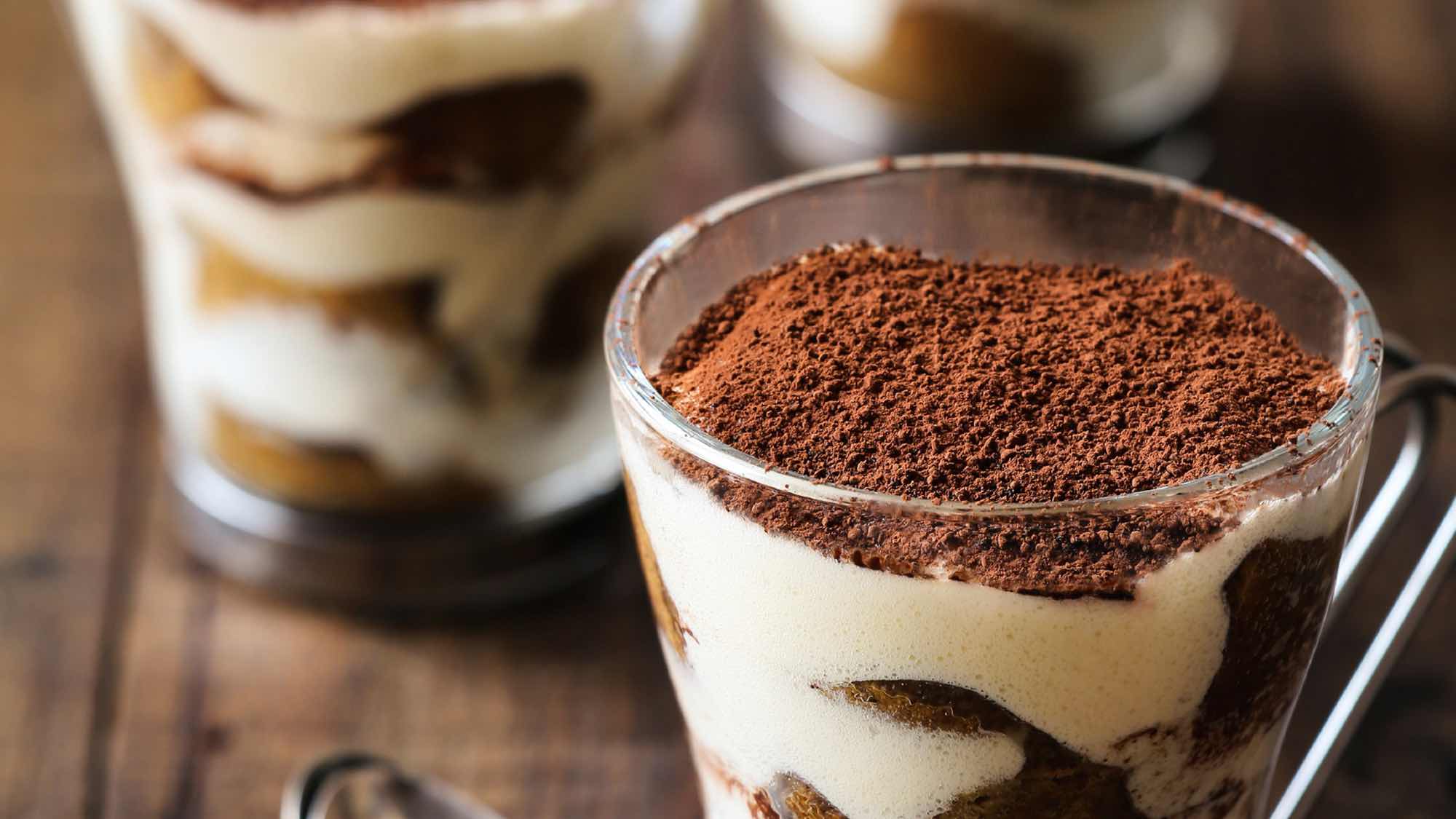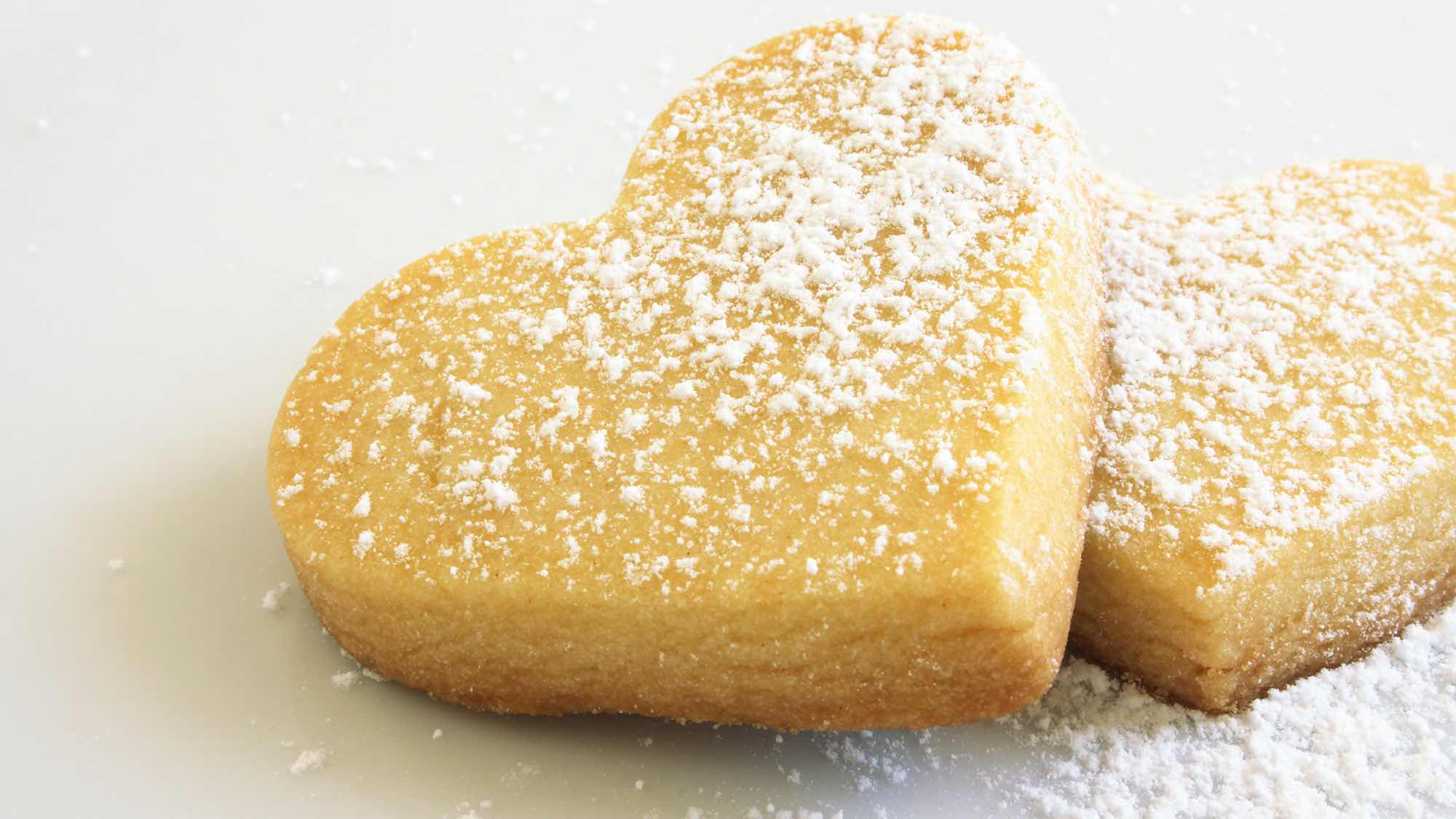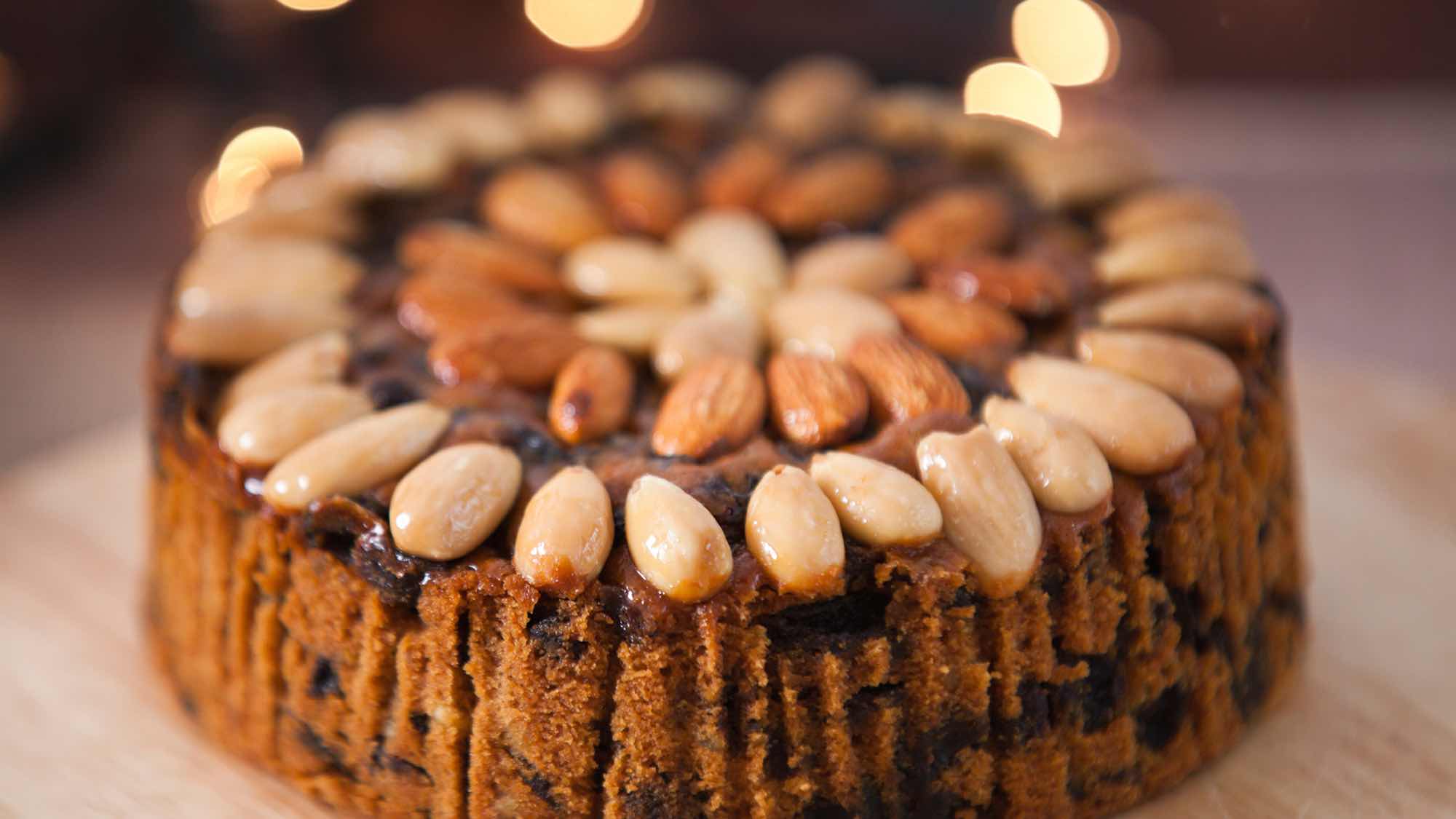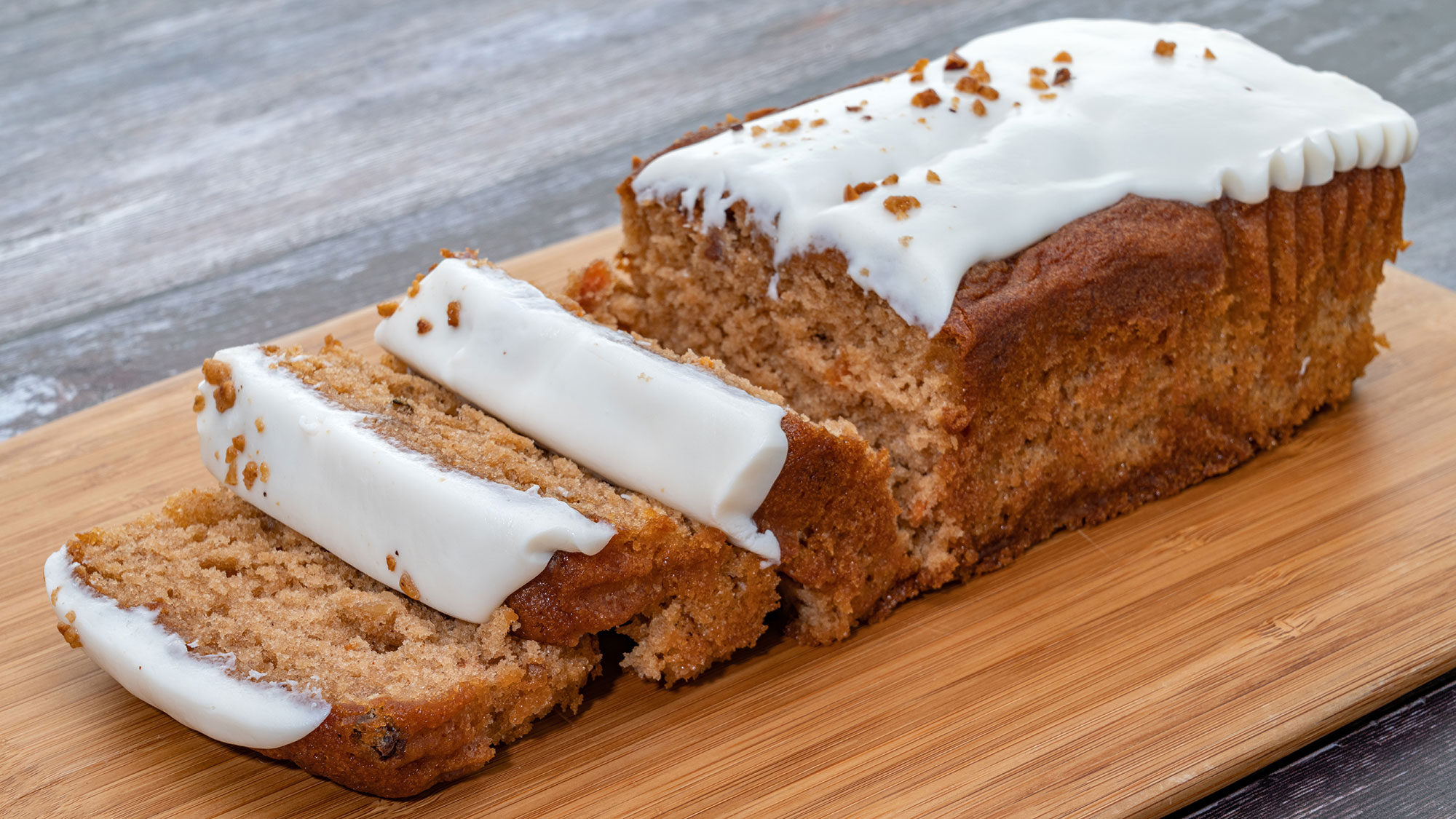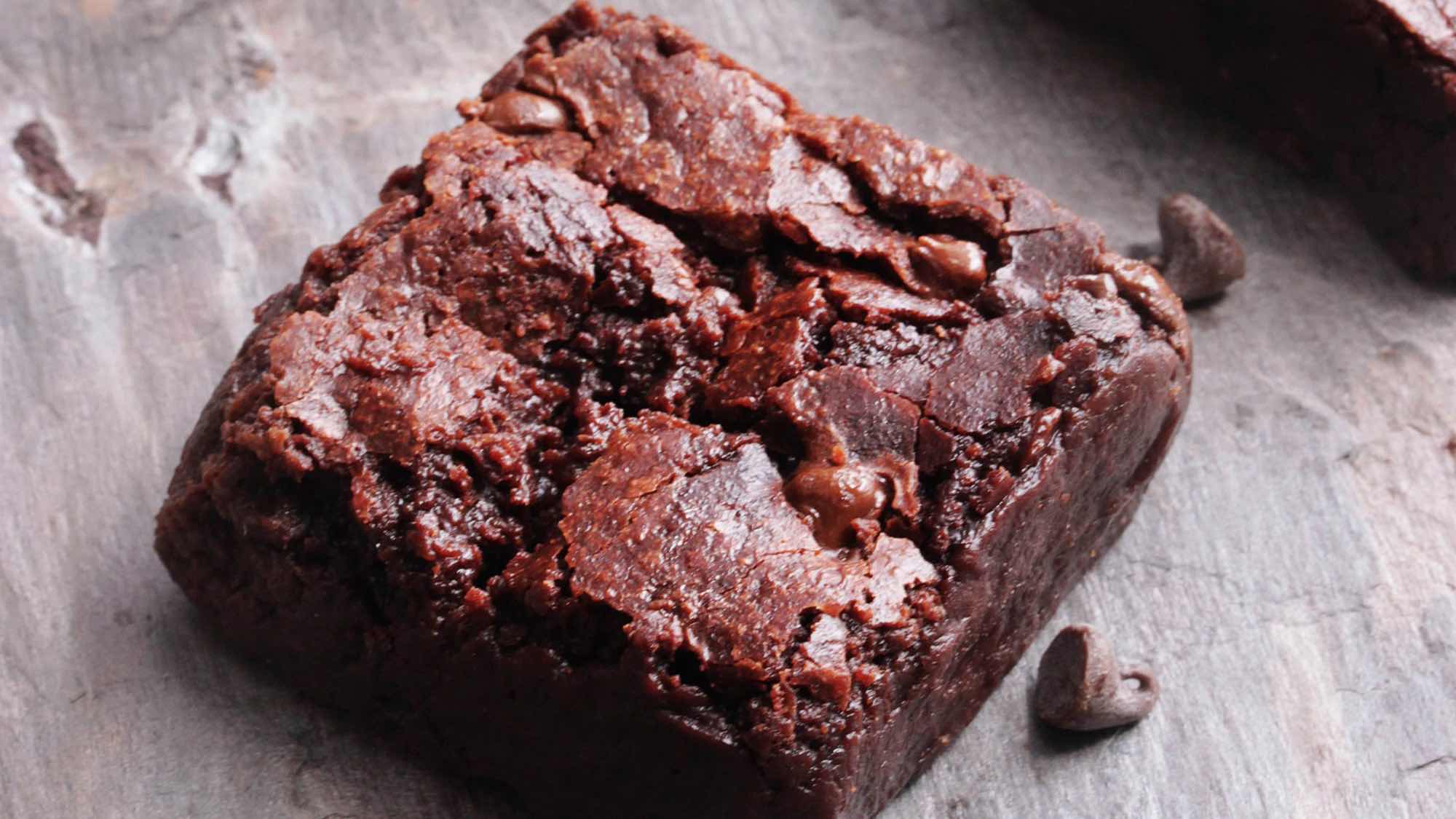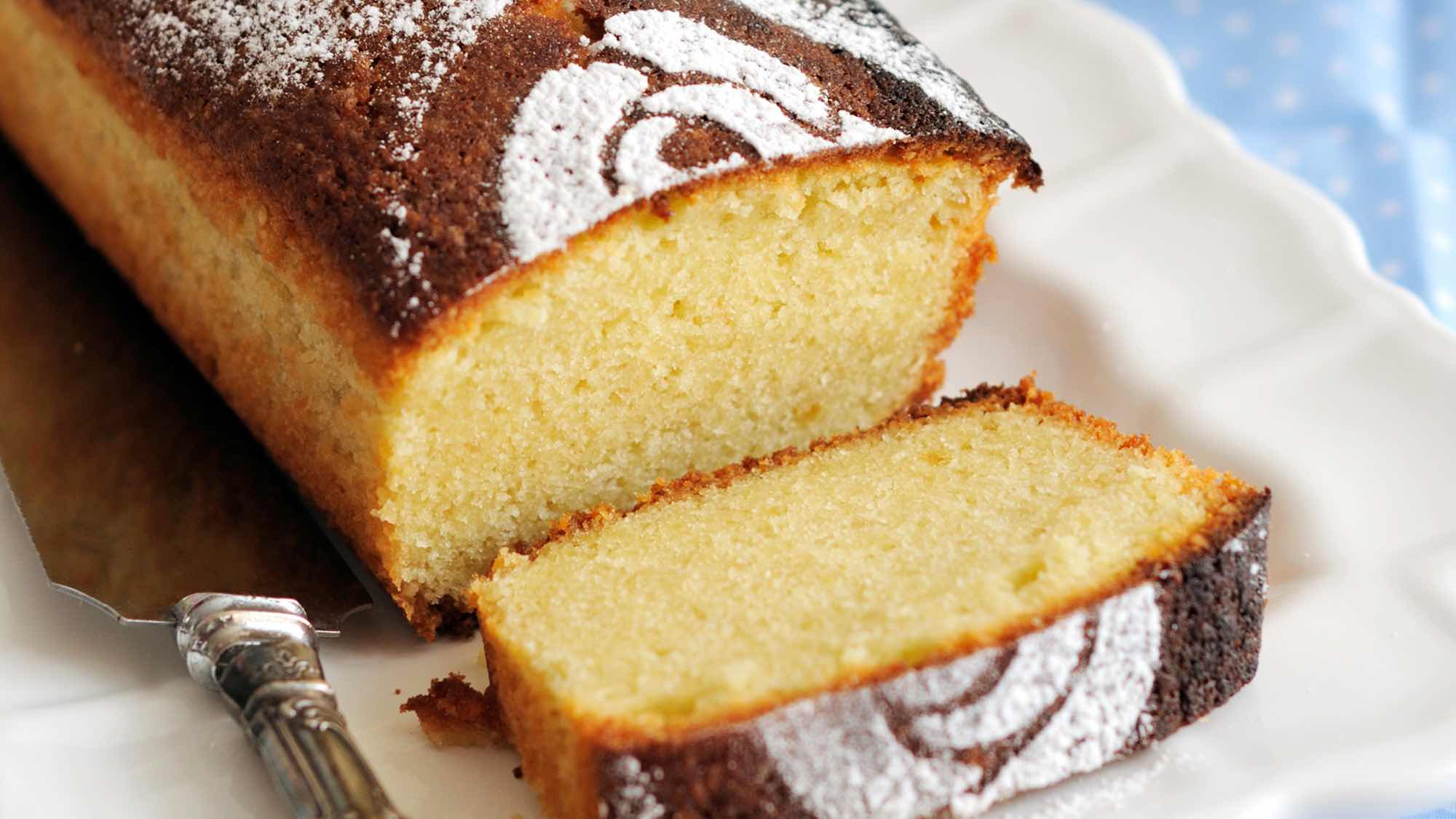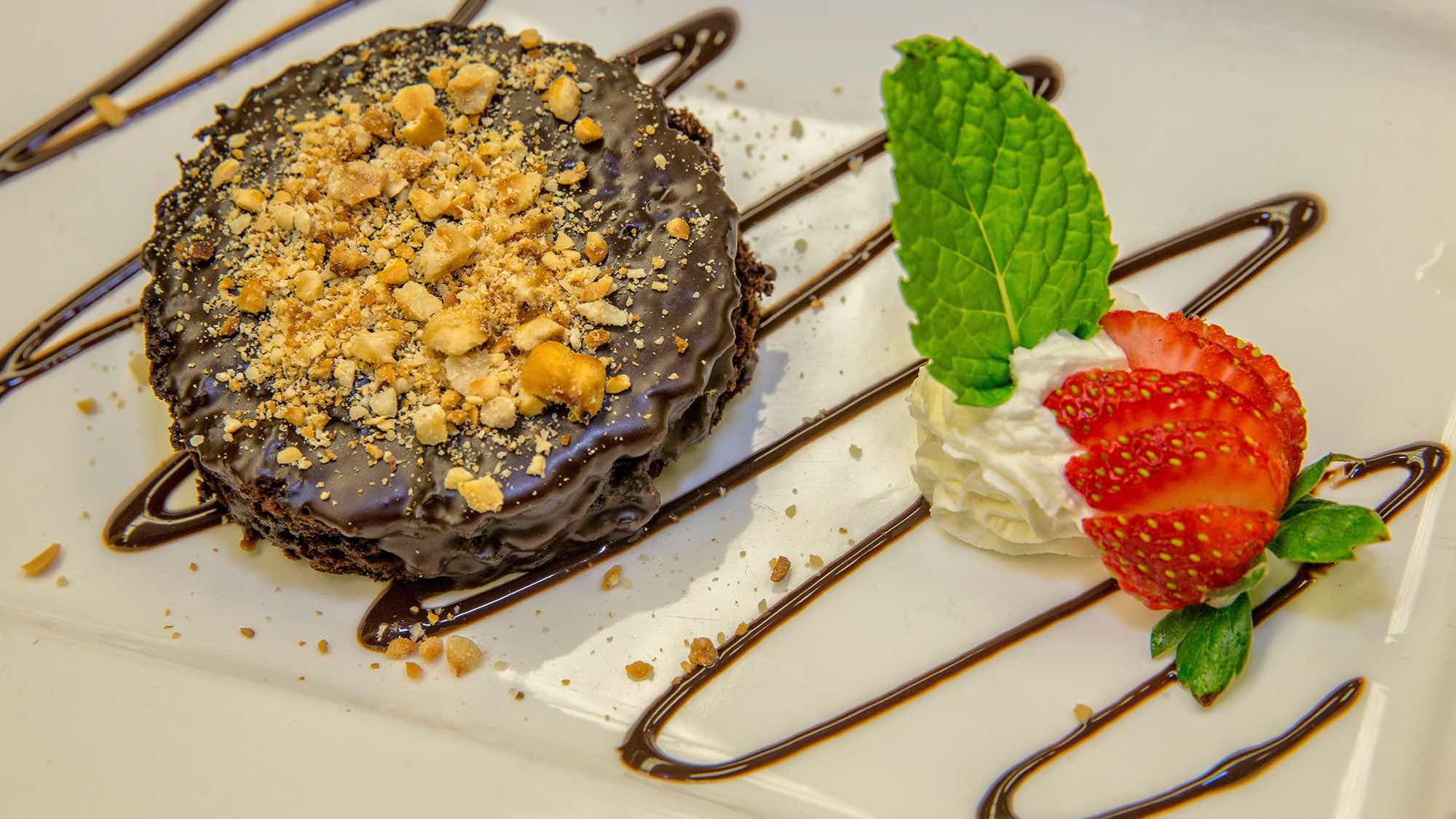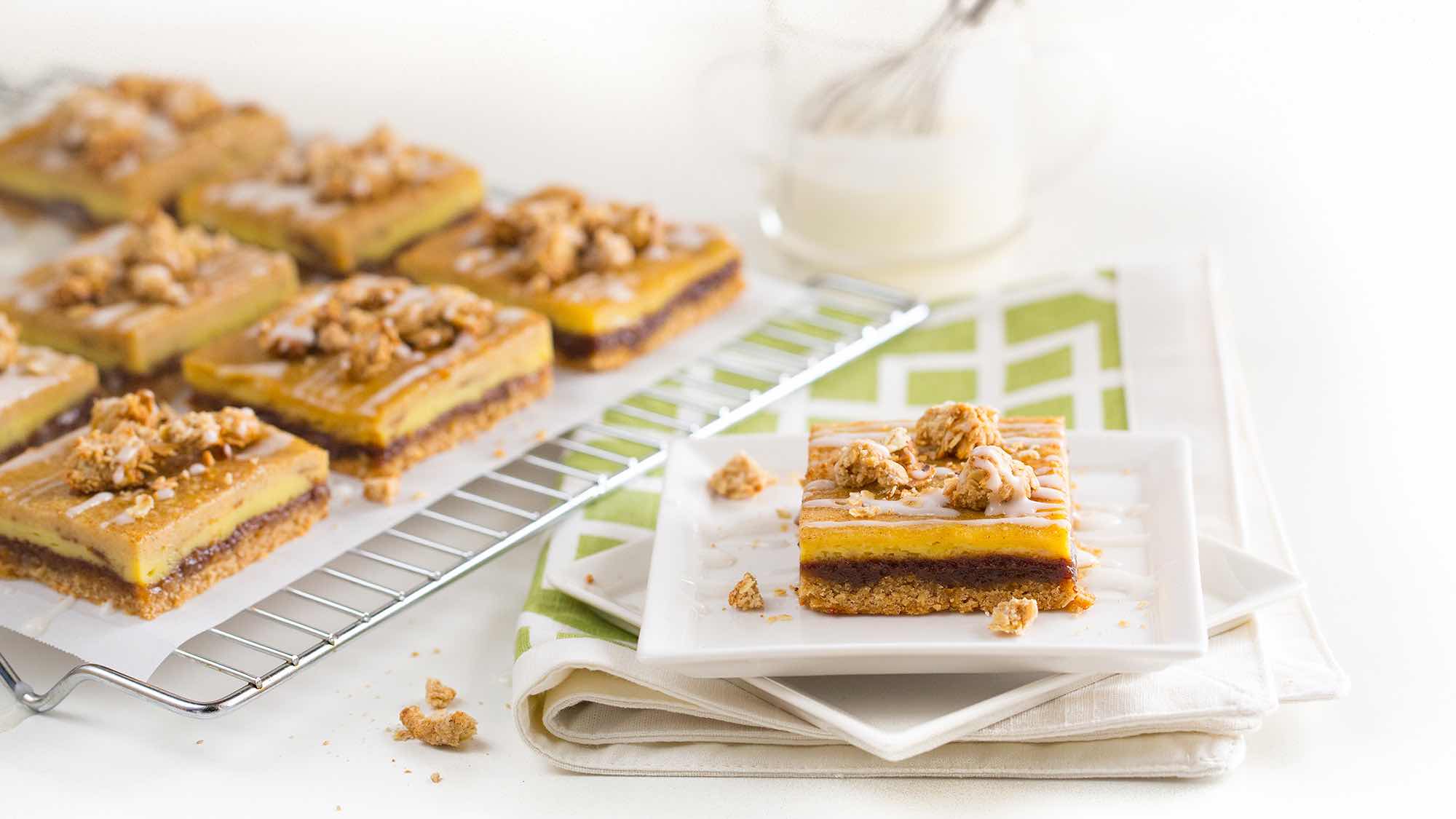Guide on How to Freeze & Defrost Cake
Cakes, biscuits and desserts have an important place in different culinary traditions across the globe. From gourmet vanilla cheesecake in New York to beautiful Black Forest gateaux in Germany and coffee-infused tiramisu in Italy, every realm has its own favourite sweet creation.
In the UK, cakes and puddings have formed a special part of food culture ever since sugar became ubiquitous in the mid-17th century. From Eccles cake to Bakewell tart, many English towns boast their own contributions to the nation’s sweet tooth. Literature describes Scotland as ‘land of the cakes’, with dense shortbread and heavenly spiced fruit cake among the country’s most beloved bakery items.
Nothing beats taking that first bite of something sweet and delicious. Whether you’re treating friends to a slice of crowd pleasing cinnamon and carrot cake or indulging in decadent chocolate brownies for dessert, creating and enjoying homemade bakes is one of life’s greatest pleasures. All too often, leftover cake and dessert gets thrown away. But did you know it’s incredibly easy to preserve bakery items at home?
Whatever your favourite sweet treat, this handy guide to freezing and defrosting cake and dessert will help you make the most of your own freshly baked creations.
How to freeze cake

Whether you want to preserve a few slices of delicious leftover Madeira cake or prepare a showstopper birthday cake in advance of the big day, many people wonder how to freeze cake to enjoy at a later date. Good news – most homemade cakes and bakes freeze well, and by following a few key guidelines, most sweet treats will taste just as good after freezing as the day you baked them.
After baking your cake, ensure that it fully cools before freezing. Whether you want to preserve wedges of cake or an entire layer of moist and delicious sponge cake, be sure to wrap it tightly in a double layer of clingfilm to expel any air prior to freezing. It’s a good idea to wrap your cake in a final layer of foil to further protect it from freezer burn. If your cake has multiple layers, wrap each layer individually, to prevent them from sticking together as the cake thaws.
One of the most pertinent baking questions is ‘can you freeze cake with cream’. Decorating and filling a beautiful centrepiece style cake such as this rich and indulgent chocolate drizzle cake is often the most fun part of the baking process. However, if you wish to freeze your cake for later, it is best to do so without any icing, cream or filling, because the taste and texture may deteriorate. You can bake your unassembled cake ahead of time, and freeze the layers to decorate on the day you wish to consume it.
Most cakes can be kept in the freezer for up to 3 months. If you’ve ever wondered how to thaw cake, it is an easy process. Simply transfer your wrapped slices or layers from the freezer to the refrigerator a day ahead of serving (although cake generally thaws within 8 hours if you are pressed for time). One important tip – thaw frozen cake in its wrapping to prevent condensation from forming and turning the sponge soggy and wet. If you need to decorate a defrosted cake, you can do so once it has come up to room temperature.
How to freeze cheesecake

Rich and velvety cheesecake is one of the most popular desserts across the globe, and many people wonder if it’s safe to freeze. Whether you are making a beautiful no-bake berry cheesecake or sticking to your favourite failsafe vanilla cheesecake recipe, rest assured, this particular sweet treat is one of the easiest items to freeze. Most cheesecake recipes taste even better the next day, and homemade cheesecake keeps well in the freezer for up to a month.
Whether you’re freezing a couple of slices of leftover cheesecake or want to save a whole one for a dinner party, preserving this delicious dessert is a simple process. Just ensure that your cheesecake has set and cooled properly in the fridge, then wrap up slices or the whole cheesecake as per the cake freezing guidance above. As with cake, ensure you thaw cheesecake for at least 8 hours before you intend on eating it.
How to freeze brownies

The wonderfully soft and chewy texture of chocolate brownies makes them perfectly suited to freezing. The high content of butter and chocolate in these dense treats make them one of the best homemade bakes to freeze, as they won’t go rock hard at sub-zero temperatures. You can freeze brownies in individual slices, but if you have room in the freezer, it’s best to store them in an uncut slab to protect them from freezer burn and oxidation. This will protect the centre of your bake, ensuring it doesn’t dry out.
After baking the brownies, let them cool completely. Wrap the brownies tightly in clingfilm, then a layer of foil. Defrosting brownies is quick and easy – simply unwrap and allow them to come to room temperature. If you’re wondering how long to keep brownies, they can stay frozen for up to three months and will return to their fresh-from-oven state.
How to freeze cookie dough

Nothing beats the warm, sweet aroma of freshly baked cookies drifting through the house. Whether you’re whipping up a batch of luxurious chocolate chip cookies or a healthier option such as these cinnamon oatmeal biscuits, it’s easy to freeze cookie dough so you can enjoy your treats later on. Once you’ve baked your cookie dough and it is fully cool, roll it all into balls, then double wrap them clingfilm and a final layer of tin foil.
You can freeze cookie dough for up to 3 months. The best thing about doing so is how quick and easy they are to prepare from the freezer. You don’t have to thaw cookie dough - just place your frozen, cookie dough onto a baking sheet and bake for a few minutes longer than the recipe recommends for freshly baked cookies in a flash.
Now you know how to freeze and defrost cakes and desserts, it’s time to put your skills to practice and try out one of these delicious baking recipes.




